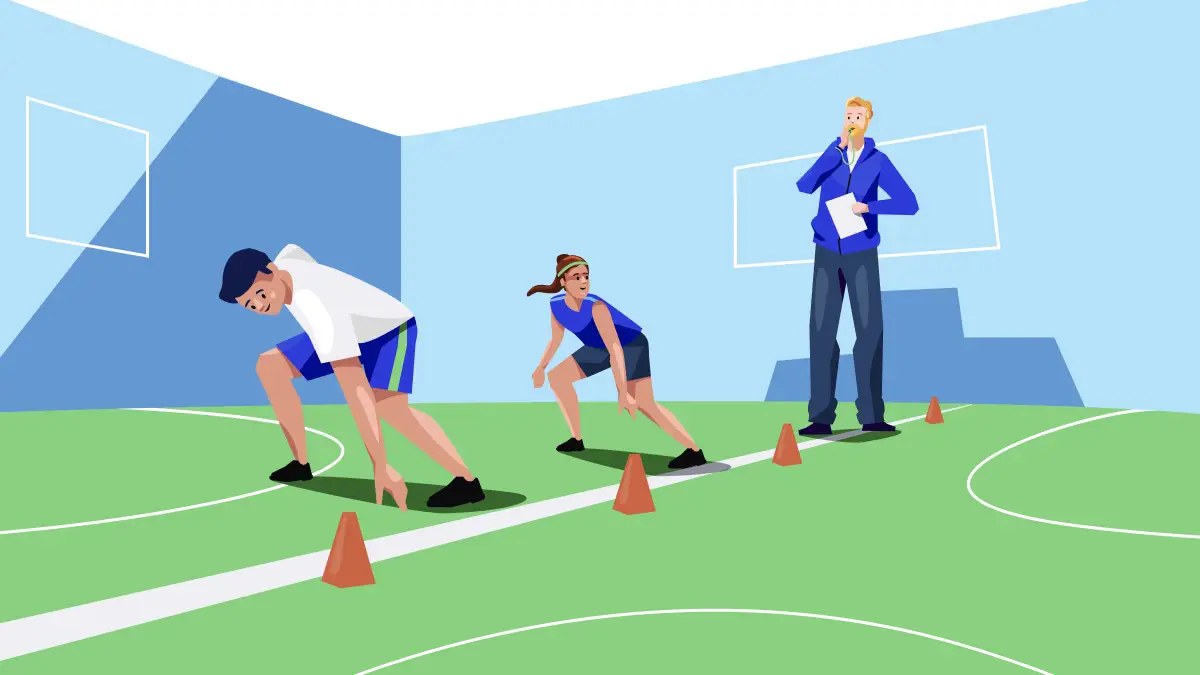
There are many challenges when coaching and managing youth sports. Not only do you coach the future generation of athletes, you spend hours facing challenges such as planning programs, communicating with parents, scheduling practices and games, collecting payments, and the list goes on. However, there are tools and practices that make these challenges well, less challenging.


